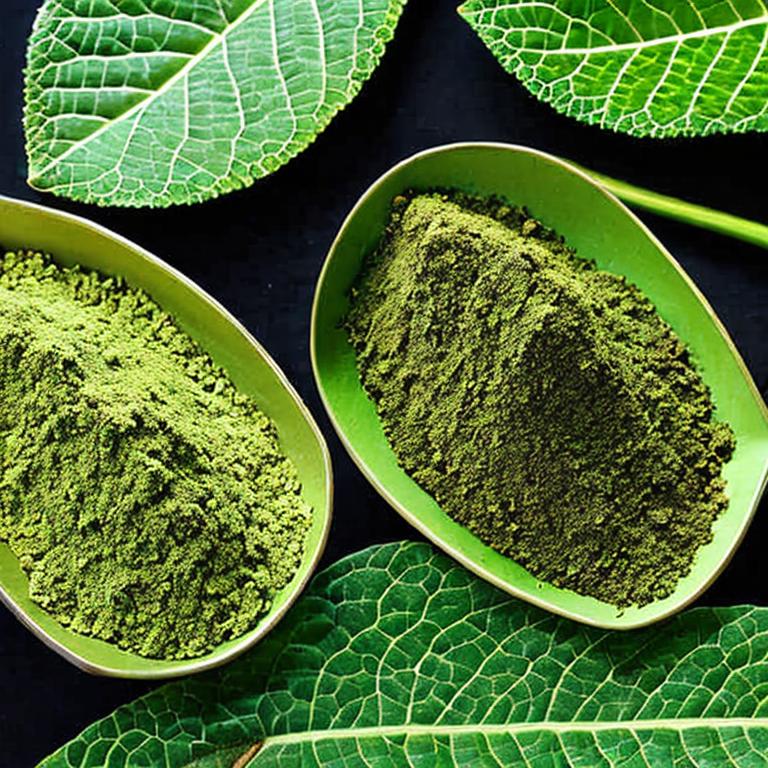A Global Perspective
Kratom, an enigmatic botanical substance derived from the leaves of the Mitragyna speciosa tree, has surged into the global spotlight due to its potential health benefits. Yet, beneath its contemporary allure lies a deep-rooted history and profound cultural significance that spans centuries and traverses geographical boundaries. Exploring kratom’s global perspective unveils a complex tapestry woven with indigenous practices, rituals, and a dynamic interplay between tradition and modernity.
Origins and Indigenous Wisdom:
The narrative of kratom’s cultural journey commences in the lush landscapes of Southeast Asia, particularly in countries like Thailand, Malaysia, Indonesia, and Myanmar. Within these regions, kratom’s usage has been integral to the social fabric of indigenous communities for generations. The leaves, often chewed or brewed into teas, have been employed for their stimulating and analgesic properties, serving as a natural remedy for various ailments.
Rituals and Communal Bonding:
Kratom’s cultural significance extends beyond mere botanical consumption; it is deeply intertwined with rituals and communal gatherings. Among indigenous cultures, kratom has been a vital component of ceremonies, celebrations, and social interactions.

Facts about kratom powder
Its consumption acts as a social lubricant, fostering connections among individuals and bridging generational gaps. These rituals underscore kratom’s role as a conduit for cultural continuity, uniting communities across time.
Cultural Traditions and Ethnobotanical Practices:
Kratom’s historical resonance is underscored by its role in traditional practices. In Thailand, the indigenous use of kratom was once celebrated and incorporated into daily life. However, as modernization swept across the nation, regulatory frameworks shifted, leading to its prohibition. This juxtaposition between historical reverence and modern regulations highlights the complexities of preserving cultural practices in the face of evolving norms.
Spiritual Significance and Ancestral Heritage:
Kratom has often been integrated into spiritual practices, transcending its physical attributes to assume a spiritual dimension. In some cultures, kratom leaves are believed to possess mystical qualities, serving as intermediaries between the physical and spiritual realms. It’s not uncommon to find references to kratom’s role in enhancing meditation, connecting with ancestors, or inducing altered states of consciousness during traditional ceremonies.
Evolving Traditions in a Globalized Era:
The advent of the 21st century ushered in an era of globalization, impacting kratom’s cultural context. As information and trade transcend geographical borders, kratom’s significance has expanded beyond its origins. Online platforms have facilitated the exchange of knowledge about kratom’s properties, leading to its adoption in various societies seeking alternative remedies. Yet, this globalization also raises questions about cultural appropriation, as kratom’s historical context can be overshadowed by commercial interests.
Navigating Cultural Duality: Tradition vs. Modernity:
The proliferation of kratom’s use beyond its indigenous roots brings to the forefront the interplay between tradition and modernity. As it gains popularity worldwide, kratom faces the dual challenge of preserving its cultural authenticity while adapting to new contexts. Striking this balance requires a nuanced understanding of cultural heritage, as well as respect for the indigenous communities whose practices laid the groundwork for its global recognition.
Controversies and Regulatory Challenges:
Kratom’s journey through history has not been without controversy. Its potential health benefits are juxtaposed with concerns about addiction, misuse, and regulatory uncertainties. The clash between its traditional significance and modern regulatory frameworks has led to debates about its legal status in various countries. As governments grapple with decisions about kratom’s legality, the cultural and historical nuances of its usage must be considered alongside health and safety concerns.
Preserving Cultural Heritage and Fostering Dialogue:
In the face of evolving attitudes and regulations, the preservation of kratom’s cultural heritage is a shared responsibility. Indigenous knowledge, rituals, and practices should be honored and protected, acknowledging their profound contributions to the cultural mosaic of our world. Fostering open dialogues that encompass indigenous perspectives, modern insights, and regulatory considerations is imperative for charting a path forward that respects tradition while embracing the potential benefits of kratom.